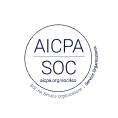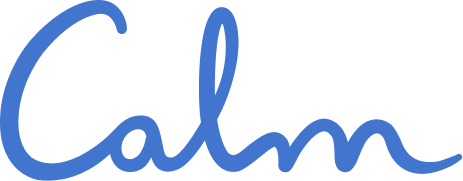
Health & fitness
Technology
Healthcare
Calm + UserTesting
Read how Calm increased their research speed by 10x and developed the progress tracker for their wellness app

We've gotten value out of just being a little creative with the platform. We do a lot of work on UserTesting to validate or invalidate concepts before we invest engineering, product, and design dollars into an under-researched shiny object.
Chase Clark
Lead UX Researcher

About the company
Founded in 2012, Calm’s mission is to make the world happier and healthier. Referred to by the Center for Humane Technology as “the world’s happiest app,” Calm is the #1 app for sleep, meditation and relaxation, with over 100 million downloads and over 1.5M+ 5-star reviews.
Get started now
Contact Sales- 10xVelocity in the speed of generative research
 Development of the progress tracker on Calm’s home page
Development of the progress tracker on Calm’s home page Understanding of user needs (help with anxiety, rather than just sleep/meditation)
Understanding of user needs (help with anxiety, rather than just sleep/meditation)
When Chase Clark joined Calm as the company’s first UX research hire, he sought to more deeply understand how the app can help people target more than just sleep and meditation, addressing their stress and anxiety on a deeper level. To evaluate and anticipate customer behaviors, Calm’s research team of one had to function like a team of many.
Chase, now Calm’s Lead UX Researcher, shares more. “I inherited the UserTesting account and I was super excited because I had worked with the platform before. I can act like multiple researchers and still be just one person without stretching myself too thin. The research that would have taken me 10 business days now takes me two.”
Calm’s small but mighty research team leveraged UserTesting’s platform to recruit participants from diverse backgrounds and automatically compensate them for providing their feedback. By receiving responses from 10x the participants in a fraction of the time, Calm transitioned from simple usability testing to more generative research.
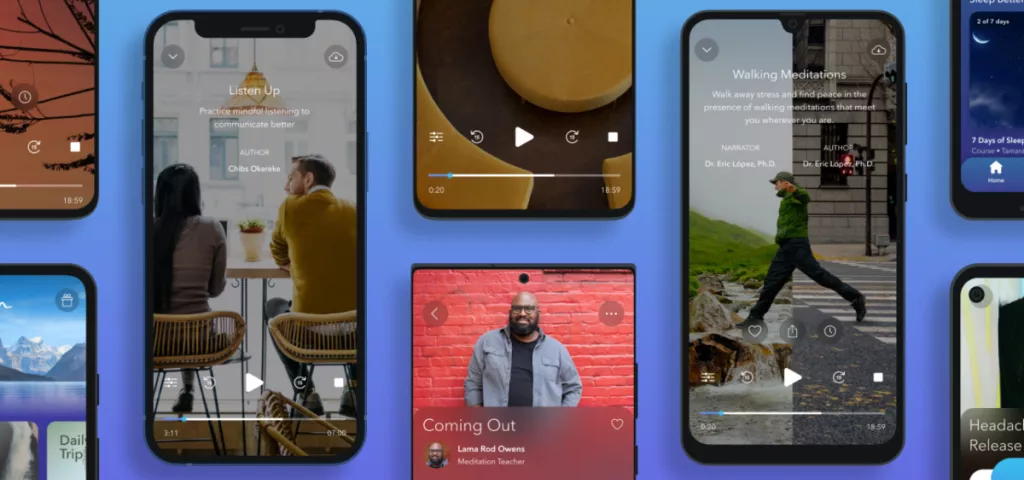
According to Chase, “The unlock for us is quality at velocity. We can get 10 different people to respond to a question in one hour and the quality of the answers is always awesome. We're asking people questions about their mental health and they're very forthcoming and honest. We get quality feedback that we can use. So much so that we've shifted from using UserTesting to test features—do people understand how to get from screen to screen?—to more generative research. Now we start off with a question like, ‘What's your relationship with stress and anxiety?’ and people just open up.”
That leap from evaluating usability to conducting generative research explains how Calm created the new progress tracker within their app. “UserTesting helped us access the human insight we needed to understand how people correlate physical and mental wellness. For example, most of our users go to the gym three times a week. We realized that tracking progress would put ‘practicing mental health’ within reach.”
Calm’s Research team set a goal to get users to accomplish three things in a week. They conducted straightforward prototype testing on the UserTesting platform. In addition to testing the visual options for optimal user experience, Calm’s researchers discovered the following:
- Where to place the progress tracker on the home page
- Customer expectations for the progress tracker
- Clearer understanding of user ability levels
- Understanding that users prefer to complete three goals per week
The end result is a progress tracker on the home page that users love.
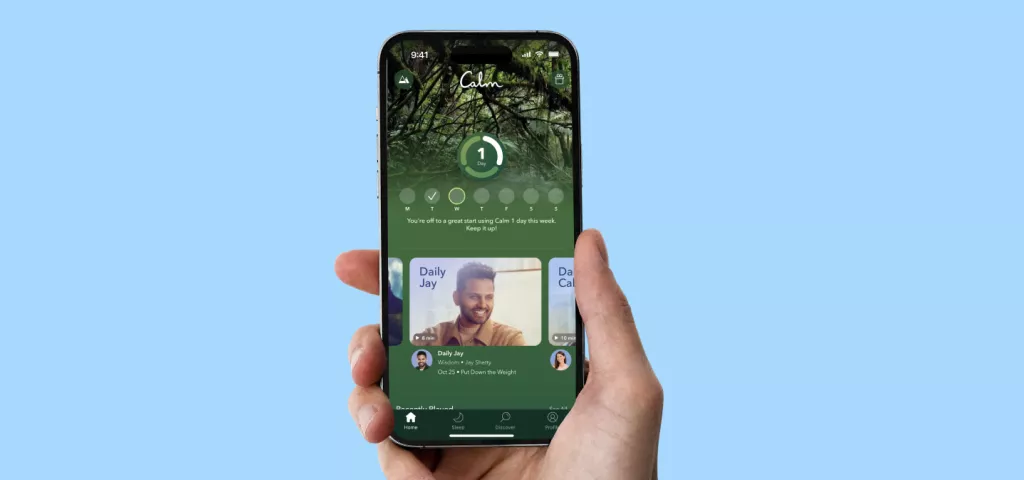
UserTesting value extends beyond research efficiency and effectiveness, to helping Calm’s engineering teams. By testing concepts and prototypes directly on the platform, Calm quickly identifies the most promising ideas. Receiving feedback this early in the product development lifecycle allows the company to avoid investing months of effort into features and concepts that won’t resonate with their users. The ability to quickly iterate and receive feedback from a diverse group of participants helps Calm prioritize data driven decisions over emotional ones.
Overall, Calm has leveraged UserTesting to better understand their users and fulfill their mission of helping people achieve better mental wellness. “It really has been a key player in helping us understand the murky but massive field of mental wellness. It's a difficult area for research, especially with a small team. We wouldn't be able to do half the stuff we've done without this platform.”




